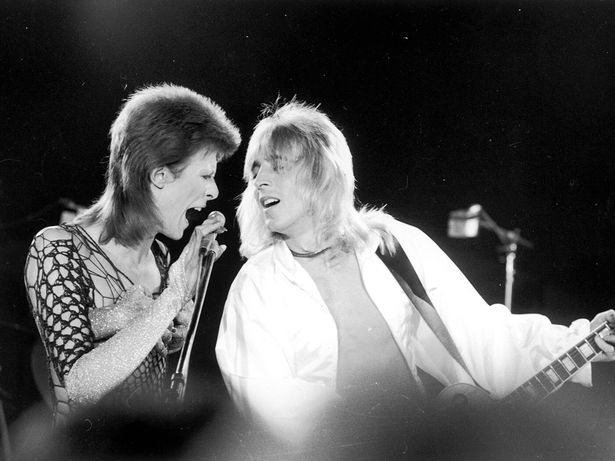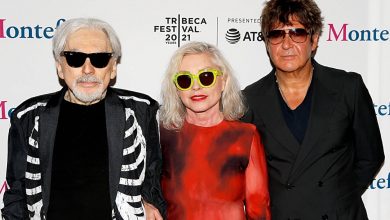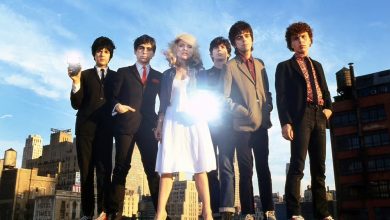Blondie’s touching tribute to Hull legend Mick Ronson at Bonus Arena gig
Punk-rock veterans praised for honouring guitarist

hulldailymail.co.uk
By Paul Johnson
30th April 2022
Hull gig-goers have praised punk legends Blondie for dedicating their sold-out Bonus Arena concert to one of the city’s greatest heroes.
Debbie Harry and the New York rockers arrived in Hull on Friday evening for the latest stop on their Against All Odds UK tour. And during the gig, the band paid the touching tribute to Mick Ronson on the anniversary of his death.
Ronson, who played alongside David Bowie in the Spiders from Mars and produced Lou Reed’s famous album Transformer, died from cancer on April 29 1993 aged just 46. The guitarist, whose glam-rock licks were crucial to turning Bowie into a megastar, has never been forgotten in his home city.
Fans were quick to praise Blondie for their shout-out to Ronson. Writing on Twitter, Al Tyke Shaw told drummer Clem Burke: “Dedicating tonight’s show in Hull to Mick Ronson was real class. Thank you Clem!”
Paddy Mennell added: “Great show in Hull! And brilliant to have a Mick Ronson shout out.”

Earlier, Burke had shared photos of the Mick Ronson memorial in East Park, along with articles about his love of Bowie’s The Rise and Fall of Ziggy Stardust and the Spiders from Mars – the album he says changed his life.
Speaking to the Far Out website in 2020, he described watching the Spiders play at Carnegie Hall, New York, in 1972, a gig he described as “the most important concert I ever attended”.
Earlier this year, a new generation of fans discovered Ronson’s music when his famous guitar riff from Starman was featured in the trailer for the new Disney animation, ‘Lightyear’. The new film, due to be released in June, will tell the origin story of the beloved Toy Story character Buzz Lightyear.
Former Sex Pistol Glen Matlock, who has joined Blondie for the tour, was also spotted out and about in the city this week. Matlock shared a photo of him posing with the statue of Sir William de la Pole at the Pier, adding the caption: “It’s Friday, so it must be Hull…”
Blondie have received rave reviews for their latest tour. On Friday night, they played hits including Atomic, Heart of Glass, Call Me and One Way or Another.
https://www.hulldailymail.co.uk/whats-on/whats-on-news/blondies-touching-tribute-hull-legend-7022622



